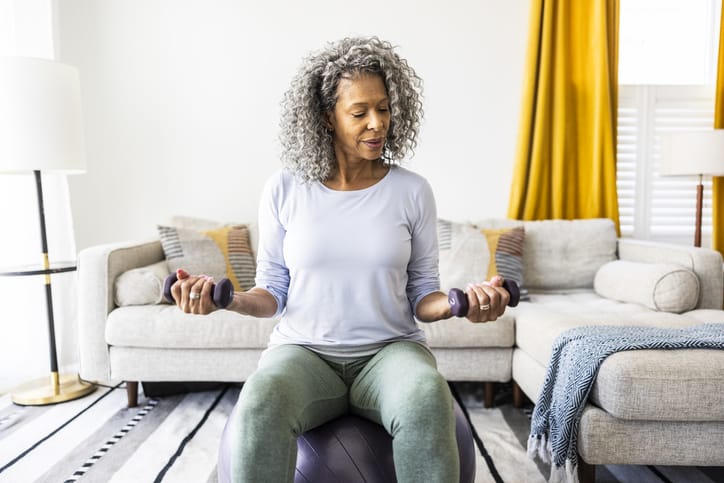If you’re living with systemic mastocytosis (SM), your doctor will advise you that regular low-impact physical activity is an important part of supporting your overall health and well-being.
But there are potential risks involved if your physical exercise doesn’t take your SM diagnosis into consideration. Intense workouts or environmental-related factors may trigger symptoms, making the outcomes less beneficial.
What is SM?
Systemic mastocytosis (SM) is a rare hematological disease characterized by mast cells that are overactive and accumulate in different parts of the body such as the bone marrow, liver, spleen, gastrointestinal tract and lymph nodes.
SM symptom triggers
Symptom flare-ups in SM are activated by triggers that can vary from person to person. With time, you will learn to recognize and avoid your individual triggers.
Read more about SM signs and symptoms
Triggers may include emotional stress, physical exertion such as exercise or sport, sudden changes in temperature, spicy food, some medications, foods high in histamine, skin friction, insect stings, pollens and strong perfumes.
Benefits of regular exercise
Low-impact activities such as light walking, swimming, yoga or stretching have been shown to improve cardiovascular health, circulation, metabolism, energy levels and mood. Light exercise can help strengthen bones, joints and muscles and makes it easier to maintain a healthy weight.
It can also help reduce stress, which is a symptom trigger, and contribute to better sleep patterns in patients with SM. The endorphins released while exercising reduce anxiety and improve mood, which helps combat depression, a common symptom of SM.
Potential challenges of regular exercise
For patients with SM, the emphasis needs to be on low-impact physical activities to avoid overexertion, which can trigger symptom flare-ups.
Another potential risk factor is the environment in which the exercise takes place. You’ll need to assess the possible risk of allergens such as pollens, as well as strong smells, sudden changes in temperature and humidity, and even skin friction. The onset of symptoms can be unpredictable, and anaphylaxis can be life-threatening if not treated immediately, so be sure to keep an epinephrine injection with you.
Tips for staying safe while exercising
Consult your doctor before embarking on an exercise program, and ask to be referred to a physical therapist with experience in SM if possible.
Start your exercise program cautiously, and keep the following in mind.
- Choose a safe environment: Whether it’s a gym or a pool or a yoga studio, check it out before getting started. Look for anything that could act as a symptom trigger.
- Dress appropriately: To regulate your body temperature and avoid skin friction, choose exercise clothes that allow your skin to breathe.
- Warm up and cool down: Allow your body to adjust to the change in effort and temperature.
- Listen to your body: Don’t push your limits. If you feel dizzy or unwell at any time, stop and rest.
- Stay hydrated: Drink water before, during and after exercise or whenever you feel thirsty.

